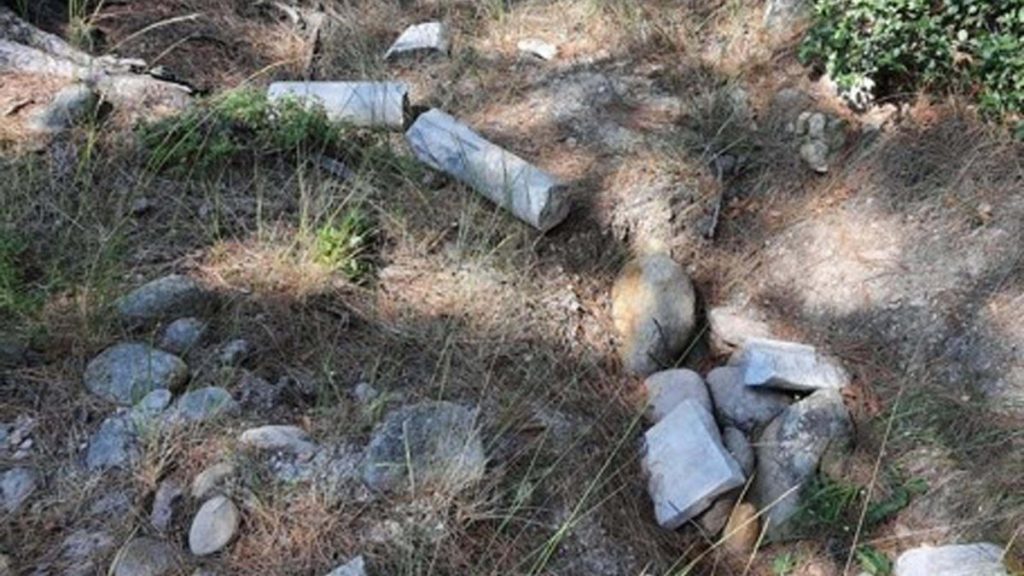After 20 years of research, the location of the Battle of Granicus, one of Alexander the Great’s most significant battles, has been identified. Professor Reyhan Körpe, the scientific adviser to the project from Çanakkale Onsekiz Mart University (ÇOMÜ), said: “We have identified the route and the ancient settlement area that had been searched for nearly 150 years. We found the path Alexander took to reach the site of the Battle of Granicus.”
Professor Körpe, a faculty member in the Department of History at ÇOMÜ’s Faculty of Arts and Sciences, began efforts 20 years ago to locate the battlefield, which had eluded discovery for over 150 years. During this time, professor Körpe conducted surface surveys in the Biga district and surrounding areas. This year, the team pinpointed the exact location of the 2,400-year-old battle site. Efforts have now begun to promote the area for tourism and to develop it as part of a cultural route.
In a meeting organized by the Çanakkale Provincial Directorate of Culture and Tourism, professor Körpe provided information about the project to local mayors and district governors. He noted that one of Alexander the Great’s most important battles took place in Çanakkale. “This battle occurred near a river once known as the Granicus, about 100 kilometers (62 miles) east of modern-day Çanakkale, in the heart of the Biga Plain,” he explained.
“This was Alexander’s most important battle because, after this victory, he went on to conquer western Anatolia and, later, all of Asia Minor, reaching as far as India. His success in this battle was not just significant for Alexander, but also marked one of the most important turning points in world history.”
“We began a study on the Granicus battlefield nearly 20 years ago. Over the last three years, we have focused on identifying the precise location of the battlefield, and this year, we made significant findings. The most important discovery was identifying the routes Alexander took to reach the battlefield and where he camped along the way,” the academic added.
Körpe further added that the research has “determined how Alexander reached the site of the Battle of Granicus.”
“By carefully reading and interpreting ancient sources during our research in the area, we pinpointed the approximate location of the battle, the villages nearby, and the exact position within the plain. In our presentation, we highlighted the battle site, our findings on the battlefield, and most importantly, we identified the route Alexander took from Çanakkale to Biga as a cultural route.”
According to the research, Alexander “began his campaign in the Özbek village plain, moved eastward through Umurbey, Lapseki, crossed the mountains, and descended into the Biga Plain to reach the Granicus River.”
Körpe also said that the new route will be added to the existing cultural heritage routes in the region.


